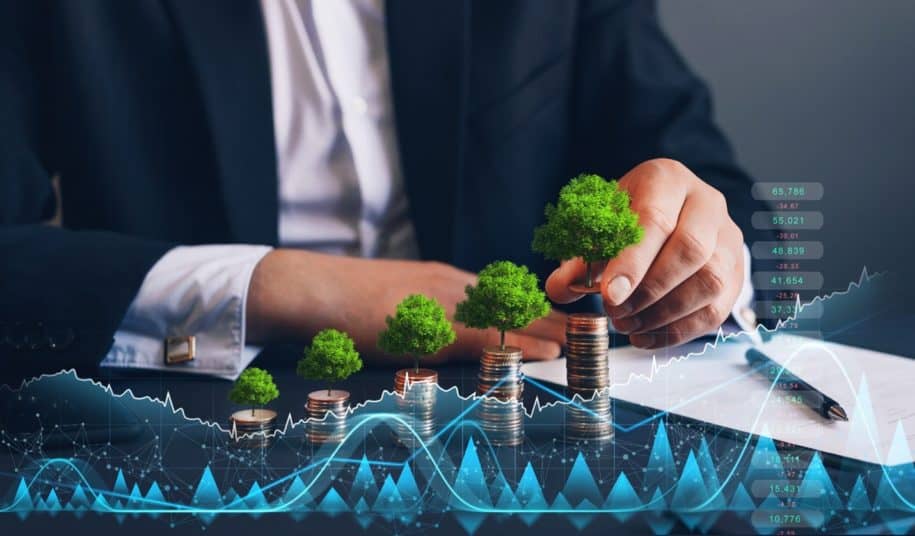After the UN Climate Change Conference in Glasgow (COP26), many governments around the world have indicated a desire to “build back better,” effectively boosting the economy while addressing social and environmental issues (such as income inequality and climate change). While corporations and businesses have taken steps towards doing more to include corporate responsibility and CSR within operations, governments could likewise respond by investing in green energy transitions and other methods of sustainable development. The following are just a few steps that would advance the green agenda:
- Walking the talk. In the early stages of planning for economic revival after the pandemic, many countries publicly rallied around the idea of a “green recovery.” So far, however, these measures make up a very small component of the total amount allocated to post-COVID-19 recovery. Significant funding is going to measures with either environmentally negative or mixed impacts.
- Aligning agendas. To drive transformation, governments need to align sustainable development measures across policies and sectors.
- Training and green jobs. Leaning into innovations that could create new green jobs will help governments justify the transition away from “brown” industries that currently provide many jobs.
OECD’s Recommendations for Green Post-pandemic Recovery
According to the OECD, governments can also use their COVID-19 stimulus packages to push forward the global pursuit of a green transition. As part of their recovery plan, governments can:
- Deliver financial cutbacks to organizations pursuing green innovations (renewable energy, green transport, circular economy, etc.).
- Support homes and businesses transitioning to renewable energy by offering tax breaks on buildings with solar panels installed and financial support for solar panel installation.
- Direct spending towards programs with nature-related jobs, such as organic agriculture.
Success stories
As early as 2014, Denmark had ambitious plans to stimulate a greener economy, using policy frameworks to “nudge” corporations towards innovating sustainable solutions. Like many countries, Denmark was at one time entirely dependent on imported oil and other fossil fuels. Today, more than 30 percent of the country’s energy needs come from renewables. Across Europe, sustainability-related stimulus and financial commitments are having a significant impact on ESG-labeled investments and bond supply, as this is a natural place for governments to raise funds needed for green projects.
In Asia, South Korea’s Green New Deal is a hopeful example of how governments can reach zero emissions goals while hitting economic growth targets and creating employment opportunities.
What’s holding governments back?
If governments can go green and drive the economic transition, why aren’t most doing so? A recent article from EY listed several reasons that governments are not able to reach their sustainability goals, including:
- “Political short-termism”- this is when governments make promises that will gain political traction but are not likely to be fulfilled, as they require a long-term investment of resources.
- “Competing priorities for policies and funding”- when there is so much that needs to be addressed (such as after an economic shutdown caused by a global pandemic), pushing for high-cost sustainability and environmental initiatives can be a fruitless effort.
- “Economic pressures and industry lobbying”- governments are often under pressure to protect the many industries which are significant parts of daily operations and are the source of many jobs, even when those industries are carbon-intensive.
Governments need to stay steadfast with their policies and not give in to short-term economic pressure and industry lobbying that may be profitable now but will accomplish very little in the long term. Governments, working with private industry and focusing on engagement, can play a significant role in the world’s green transition. As shown through examples in this article, governments can set up framework conditions and economic opportunities. Supporting the private sector in the search for concrete solutions and sustainable innovations will deliver results for a greener, more sustainable economy and society.
Author Bio

Fatima Fasih
Experienced in corporate sustainability in both developed and emerging markets, Fatima Fasih has over 5 years of experience in advising businesses on their sustainability strategies and reporting. She also assists businesses in identifying their progress on the UN Sustainable Development Goals.
Currently, working as an independent Sustainability Consultant, Fatima holds a Masters degree in Sustainability Management and Bachelors in Health Sciences and Environmental Science from the University of Toronto.
She is also certified a Greenhouse Gas Inventory Quantifier (GHG-IQ) and aims to work towards pushing businesses to play a larger role in solving the world’s biggest sustainable development problems: hunger, poverty, and inequality.



